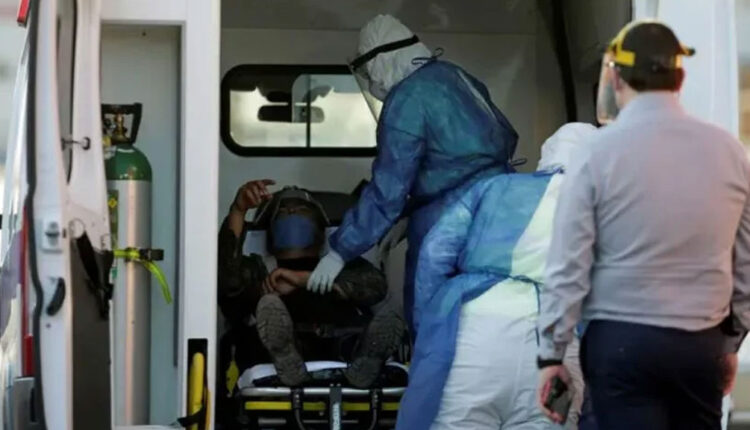Washington, D.C. – The U.S. Department of Health and Human Services (HHS) has confirmed the first human case in the United States of New World screwworm — a rare, flesh-eating parasitic infection — linked to recent travel to Central America, raising concerns among health and livestock industry officials.
According to HHS spokesperson Andrew G. Nixon, the case was confirmed by the Centers for Disease Control and Prevention (CDC) on August 4. The patient, a traveler returning from El Salvador, was diagnosed in Maryland following investigation by state health authorities and the CDC.
The CDC has described the public health risk as “very low.” However, the confirmation has unsettled U.S. cattle ranchers and beef industry stakeholders, especially amid ongoing concerns about the northward spread of screwworm from Central America and southern Mexico. Industry sources previously believed the patient had traveled from Guatemala.
Screwworms, parasitic flies that lay eggs in open wounds, pose a serious threat to livestock. The larvae burrow into living flesh, feeding aggressively and potentially causing death if untreated. Human cases are extremely rare but can also be fatal without prompt medical intervention.
The patient has been treated, and according to private emails from the Beef Alliance, prevention protocols have been implemented in Maryland. Further information remains limited due to patient privacy regulations.
Discrepancies and Concerns Over Transparency
The confirmation has raised questions over communication and transparency. State veterinarians, including South Dakota’s Dr. Beth Thompson, said they learned of the case through unofficial channels and had to press the CDC for confirmation. “They weren’t forthcoming at all,” she told Reuters. “They turned it back over to the state to confirm anything that had happened or what had been found in this traveler.”
A Maryland state official also confirmed the case, though the state health department has yet to issue a public statement.
Economic and Political Implications
The announcement comes at a tense time for the U.S. beef and livestock sector. The USDA estimates that a screwworm outbreak could cost Texas — the nation’s largest cattle-producing state — an estimated $1.8 billion in losses due to livestock deaths, medical treatment, and labor costs.
Secretary of Agriculture Brooke Rollins, who visited Texas earlier this month, announced plans to construct a sterile fly production facility at Moore Air Force Base in Edinburg, Texas. The project, part of a decades-old strategy to eradicate screwworm by releasing sterile male flies, is expected to take 2–3 years to complete.
Currently, only one such facility exists in Panama, producing 100 million sterile flies per week. The USDA says at least 500 million would need to be released weekly to control the pest’s spread.
Mexico, which has also reported recent cases, announced in July the construction of a $51 million sterile fly production plant to contain the parasite’s northward movement.
Border Closures and Beef Imports Affected
In response to confirmed cases in Mexico — the most recent occurring in Veracruz, approximately 370 miles south of the U.S. border — the USDA has suspended cattle imports through southern ports. The U.S. typically imports over a million cattle annually from Mexico for beef production.
The confirmation of a human case in the U.S., paired with a lack of clarity from federal agencies, may further complicate diplomatic and trade efforts, while adding pressure on USDA officials to act more decisively.
Read more: UAE Ambassador Bids Emotional Farewell to Pakistan, Calls It His ‘Second Home’
Background: What Are Screwworms?
New World screwworm flies (Cochliomyia hominivorax) lay eggs in the wounds of warm-blooded animals. After hatching, larvae burrow into live tissue in a corkscrew motion — the trait that gave the pest its name. While survivable with early treatment, infestations can be devastating if not addressed promptly.
Screwworms were officially eradicated in the United States in the 1960s, following a nationwide sterilized-fly release program. However, rising temperatures and increased movement across borders have heightened fears of resurgence.
As of now, no cases have been confirmed in animals in the U.S. this year, and health authorities insist that public risk remains low.




Comments are closed, but trackbacks and pingbacks are open.